How Do We Thrive In the Face of Change?
This is part of an ongoing series on the power of the outside perspective for mortgage leaders. Today’s post features Human Investing Co-Founder and Owner Pete Fisher, who spoke at our recent Masters’ Coach event in Santa Barbara.
When Pete Fisher went into financial services, the industry was dramatically different. Over the past 20 to 25 years, he’s seen many changes. As competition increased and margins shrunk, he knew the only way to survive was through a steady reinvention of the business.
Pete spoke at our recent Masters’ Coach event in Santa Barbara, sharing how the mortgage industry can learn from some similar shifts to stay competitive and relevant.
When an industry is undergoing rapid change, as the mortgage industry is currently, Pete’s advice is to look outside the industry for inspiration, as he did. He said he reads “a lot of bizarre stuff” in an effort to identify and execute disruptors.
Here are three key takeaways from Pete’s session:
1. How do you get people to change?
Quoting an article by Canadian public servant J.P. Connell, Pete says, "The goal of leading through change is ‘to make the status quo more dangerous than launching into the unknown.’"
In his own business, he found that keeping his business model intact would quickly bankrupt his company as they lost out to bigger, cheaper firms. So he had to first sell his team on the danger and folly of staying the course, then lead them to and through the vision for the future.
2. Why EQ matters
When asked about his hiring priorities — emotional intelligence versus technical skills and education — he shared that while there are certain key corporate positions that must have certifications and degrees, for most of their roles they look first to people skills, then train for industry knowledge. All employees in his firm have at least a four-year degree and those with higher credentials or advanced degrees fill specialty roles.
By bringing in team members from less traditional backgrounds, his company has found employees who can empathize with and connect to clients on a meaningful level, allowing them to strengthen and refine their business model.
3. Sourcing clients differently
Identifying and signing clients looks quite different today. Prospective customers aren’t responding to your ad in the yellow pages; rather, they’re getting recommendations from friends, coworkers and social media.
By building institutional relationships, Pete’s firm has an “in” to their employee base — they’re identified as a trusted vendor for entire groups of employees instead of seeking out clients one by one. By doing this, his firm has identified a much narrower base whose needs they can meet well, which leads to referrals for similar clients.
